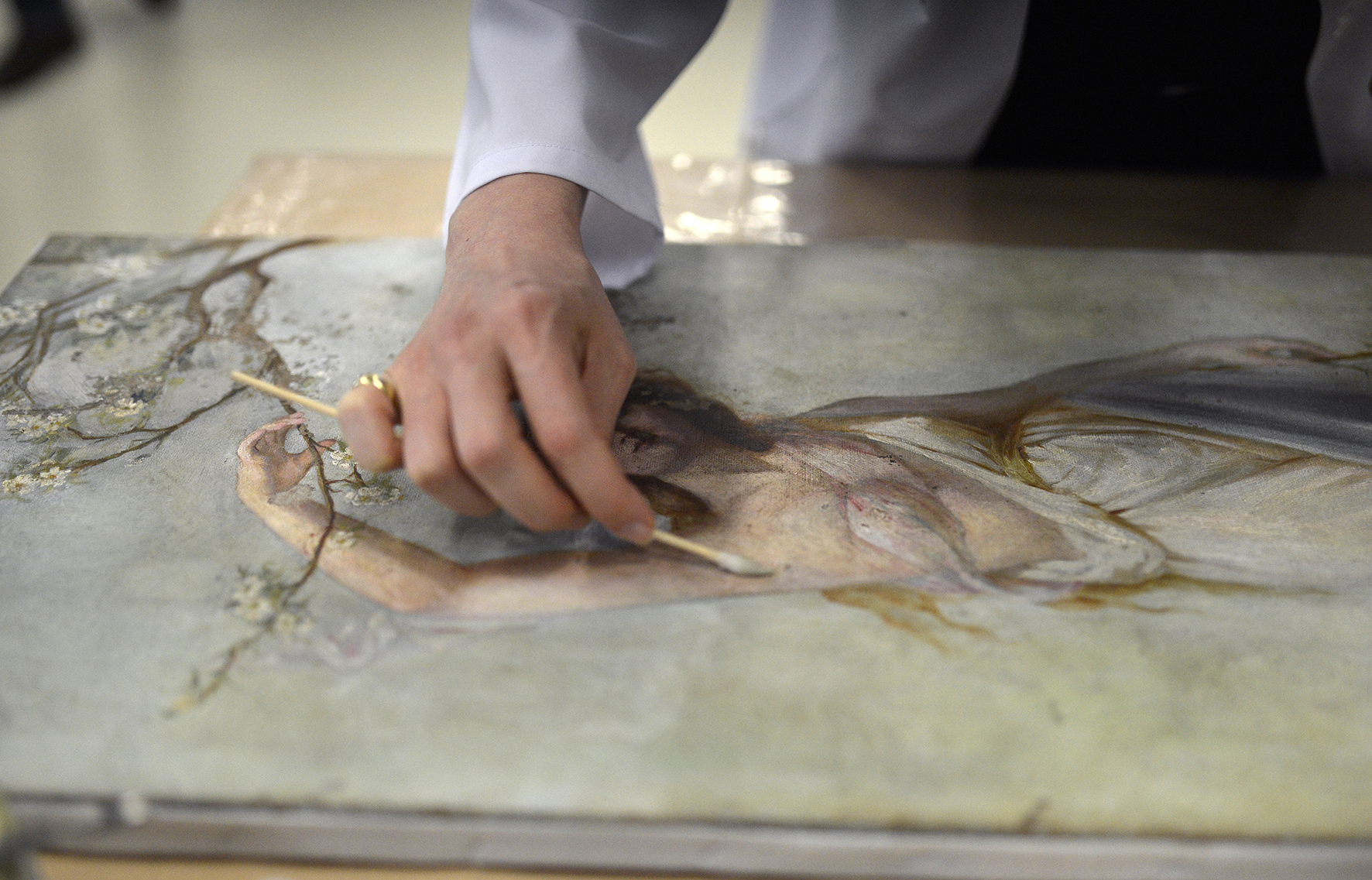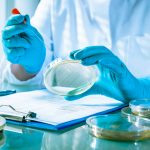
Did you know that agar is used when restoring artworks?
Today, it is possible to visit and contemplate artworks in their original colors thanks to having undergone restoration using agar and agaroses, but… how is this process accomplished?
Cleaning a piece of artwork is one of the most complicated steps in restoration as it is irreversible, meaning that original paint coats could be removed, and the final result would be distorted with no chance of recovery. When cleaning a piece of artwork, the materials degrade and get dirty with time, such as glues, varnish or the dirt that has accumulated over the years on paintings, sculptures or porticos, need to be removed.
Traditionally, two systems were used: mechanical and wet cleaning systems. Wet systems consisted of using a flour and water paste, but as it was very difficult to control the amount of moisture the work was exposed to, these systems were soon considered dangerous for the artwork. They were especially dangerous for paintings and, above all, for plaster sculptures. Today, after several studies by the restoration departments of the world’s most important museums, new restoration techniques have been developed through the use of agar and agaroses. They enable easy moisture control, they are heat-reversible, economical, non-toxic and very easy to prepare and use. The process is simple: a gel is created and homogeneously distributed over the surface to be treated or over a porous paper, and, when it is removed, it takes the dirt with it. It works as a ‘molecular sponge’ that absorbs water-soluble materials and, since it is not an adhesive material, it is very easy to remove and does not usually need to be treated afterwards, as with other types of gelling agents.


